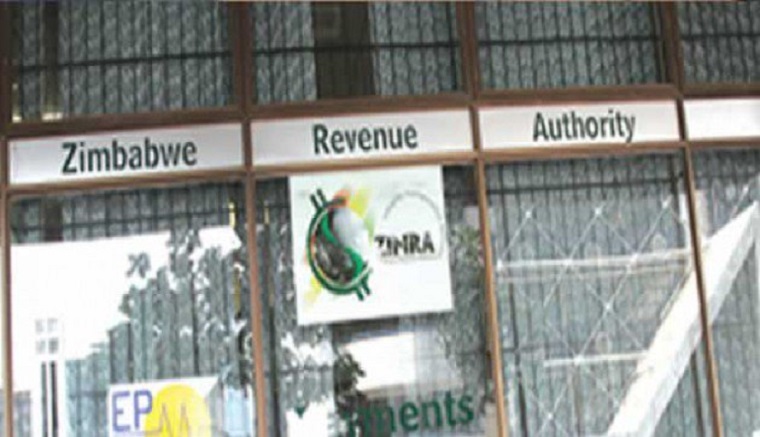Zivanai Dhewa
The Zimbabwe Revenue Authority (ZIMRA) managed to surpass its set targets for the 1st quarter for the year despite the COVID-19 challenge that had forced the nation to begin the year with a lockdown. This was revealed through its revenue press report today.
“During the first quarter of 2021, we remained strong and focused on maintaining positive collections. COVID-19 pandemic challenge, which forced the nation to start the year with a national lockdown, did affect the revenue collection process negatively, although the set targets were exceeded.
ZIMRA’s ICT Department is busy working on projects to ensure online services work efficiently in light of the COVID-19 pandemic.
"In line with the current digitization drive the strategies are directed at automation of process to enhance speed of operations and ensure clients access services online efficiently, the ICT Department is working tirelessly towards creating an enabling environment for clients to interface electronically with ZIMRA thereby facilitating the ease of doing business pillar,” read part of the report.
Meanwhile, according to the report ZIMRA’s gross revenue collections for the first quarter of 2021, managed to collect ZW$90.62 billion against a set target of ZW$86.52 billion, which translates to a 4.73% positive variance. Net collections were ZW$88.52 billion after deducting refunds of ZW$2.35 billion, giving a positive variance of 2.01% against the target. Though it managed to exceed estimated revenue collection, it is however not enough to cover the civil service wage bill.
ZIMRA like most other Government Departments and Ministries has intensified the use of Online services. Recently, Civil Registry Department was given a go ahead by Cabinet to start offering its services online, while the Ministry of Transport and Infrastructural Development’s VID Department is also introducing online provisional licence testing. This is in line with Government’s ease of doing business as the country moves towards the Upper Middle Income Society by 2030.




